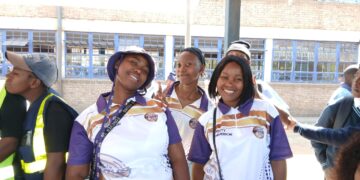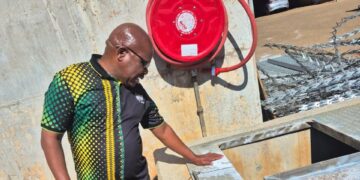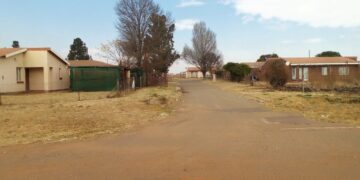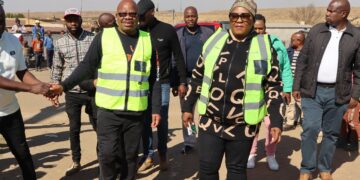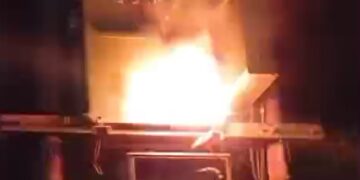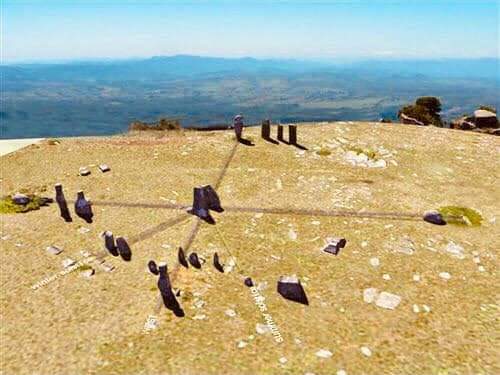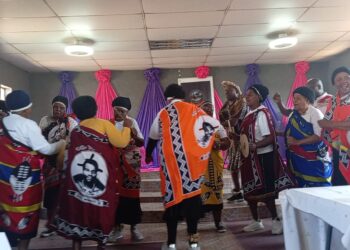Mbombela — In the misty mountains of Kaapsehoop lies a forgotten circle of stones. To most South Africans it remains unknown, a secret hidden in plain sight. The place is called Inzalo yeLanga loosely translated to ‘the Birthplace of the Sun’.
It is believed to be more than 75,000 years old.
From a distance, it looks like scattered rocks. But stand inside the circle at dawn and you’d realise the stones are not random. They form a vast calendar carved into the Earth itself, quietly marking solstices, equinoxes and seasons.
The stones are carefully aligned with the rising and setting of the sun. Shadows fall on specific rocks, pointing to exact moments in the seasonal calendar. Ancient people used this knowledge to plant crops, harvest food and gather for rituals that tied them to the rhythms of the universe.
By watching those shadows, people could tell time, mark seasons and anticipate change. Even today, the calendar still works. The African solar year began on 23 September, the spring equinox, where the day and night are equal in the southern hemisphere. Summer begins on 21 December, when the sun reaches its highest point.
Philani Ngcobo, a local who visits regularly, describes the experience with reverence. “When you step into that circle, there’s an energy you can’t explain,” he says. “You don’t need to be a sangoma, you don’t even have to believe in rituals. The place speaks for itself. Some people come here and leave with answers they didn’t even know they were searching for.”
Ngcobo said one time he was on the site on the spring equinox. “If you are here at 5:30 a.m., you witness the sun being born. At first it appears as a deep red disc, so close it feels like you could touch it. Slowly, it shifts from red to orange, then golden yellow and finally bright white as it rises. Watching it is like seeing the sun’s birth in slow motion.”
That, he says, is why it is called Indzalo yeLanga. “It’s the only place I know on Earth where you can look directly at the rising sun without being blinded. It feels like a snake shedding its skin. You feel renewed, like something in you is starting over.”
Wisdom from the elders
For cultural historians, Indzalo yeLanga is more than archaeology; it is a living classroom. “We have moved away from the natural clock,” says Veli ‘Mkhulu Nsingiza’ Hlongwane, a Kemet historian and student of the late Credo Mutwa, a traditional healer and storyteller who often warned that if sacred sites like this are forgotten, Africa loses its identity. “To forget these sacred places, is to forget who we are,” said Hlongwane.
Tour guide Edwin Chitapi points out shapes most visitors would miss: bird formations, eagle-like carvings, even the head of a serpent etched into stone.
When asked if these were made with simple tools or something far more advanced, Chitapi said, “This is where we clash with mainstream science. Schools teach we are the most advanced humans to ever live but this site suggests otherwise. These ancient builders had knowledge and technology we don’t fully understand today.”
For local guide Khethiwe Bikirah Mndawe the site is not just about mystery or tourism.
“This place is sacred. It tells the story of who we are as Africans but instead of protecting it, people are fighting. Communities argue about ownership and spiritual groups clash with conservation laws. In the middle of all this, the stones are being forgotten.”




